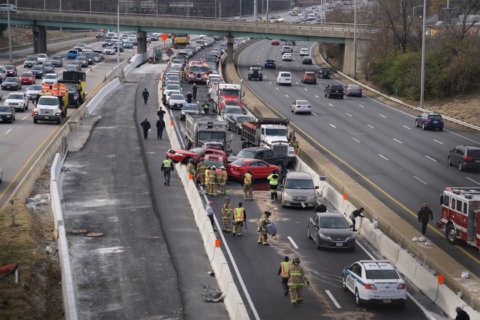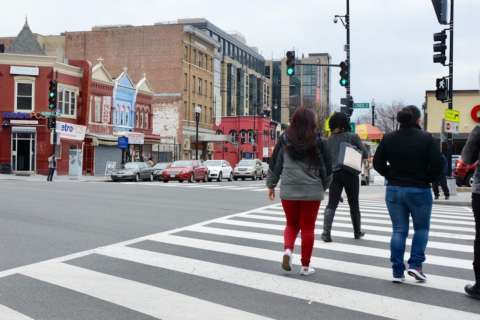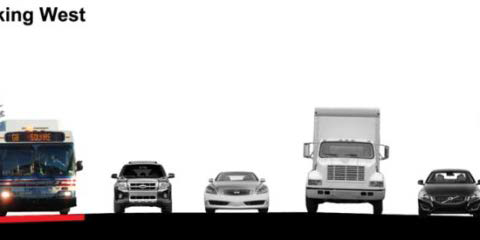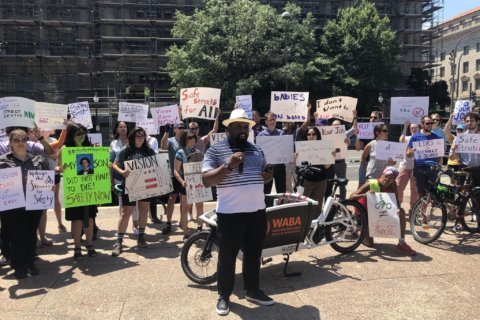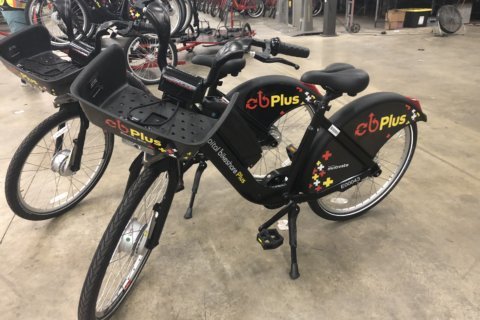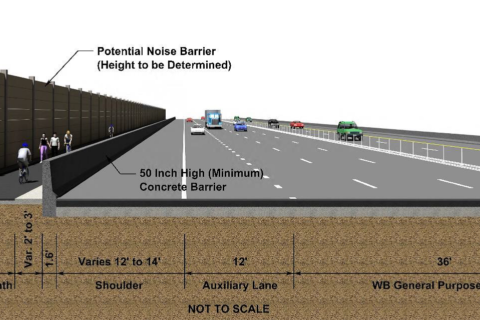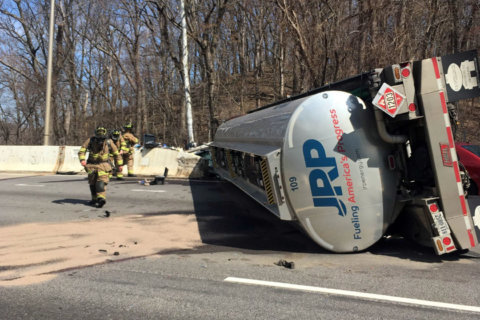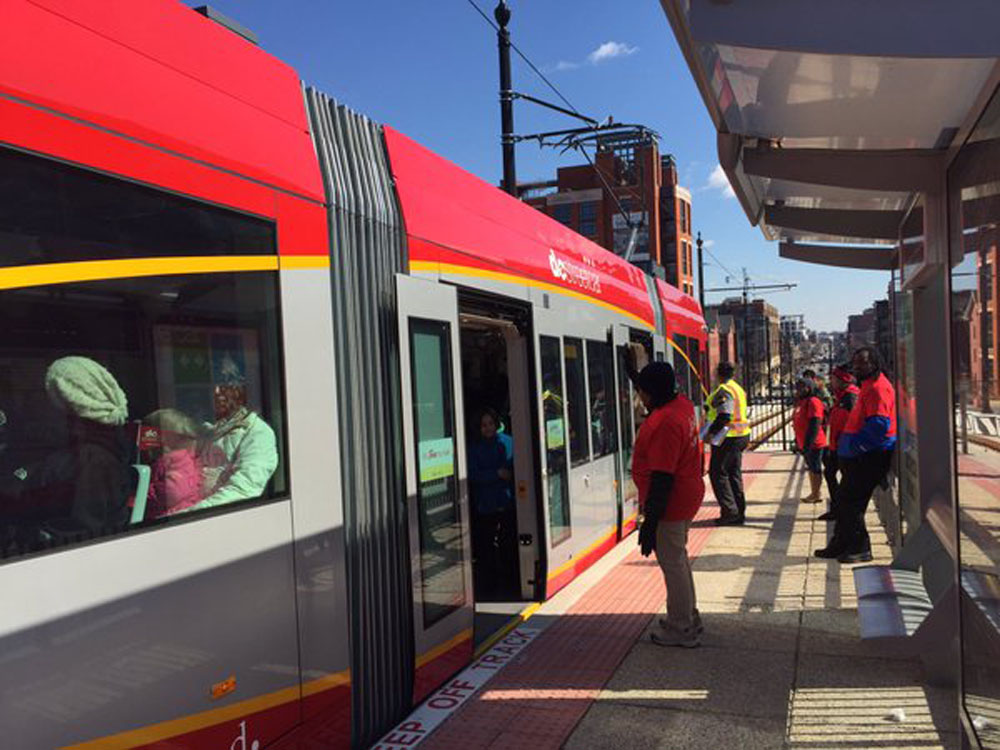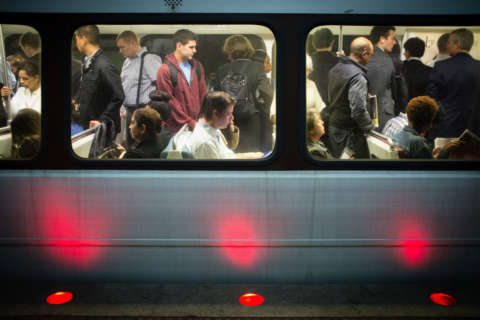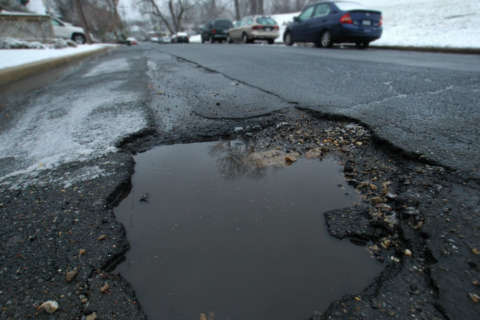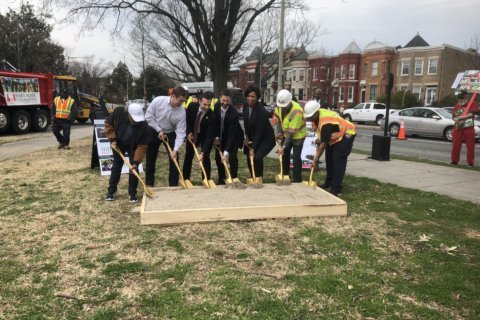After heated debate, the District is moving forward with new two-way protected bike lanes between Dupont Circle, Foggy Bottom and the National Mall.
The disagreements include complaints about the plans from some drivers and neighbors, and support for the bike lanes from people who expect to bike through the area.
A recommended alternative revealed Friday would see the cycle track built on the west side of 20th Street from Connecticut Avenue near the deep Dupont Circle Metro escalators at Q Street, south across Pennsylvania Avenue through the George Washington University campus.
Bike riders would then use G or F streets, NW to reach the rest of the protected bike lane down 21st Street across Virginia Avenue, past the State Department to Constitution Avenue near the Vietnam Veterans Memorial.
Today, there are parking spaces along parts of the route.
The District Department of Transportation promises additional design coordination with the Dupont Circle Farmers Market to avoid significant disruptions, and a plan to connect an additional block north to the R Street bike lane.
A public meeting is scheduled Saturday, April 13 from 10 a.m. to 1 p.m. at School Without Walls at Francis-Stevens.
Even with the recommendation for the path of the project, though, it remains far from actually being built. The current study aims to produce only early design and concept plans.
The final design is expected by 2021, with the lanes slated for construction in 2021 or 2022 if things stay on track.
The city is also moving forward with protected bike lanes near Washington Hospital Center on Irving Street between Michigan Avenue, NE and Kenyon Street, NW, and along nearby Park Place and Warder Street, NW.
But a related project through the Shaw area that laid out early plans in 2017 for protected bike lanes along 6th Street or 9th Street, NW has advanced more slowly.
Those separated lanes are meant to connect the U Street and Shaw areas to Metro Center, Gallery Place and Pennsylvania Ave.
The District has some protected bike lanes that keep people separated from traffic.

